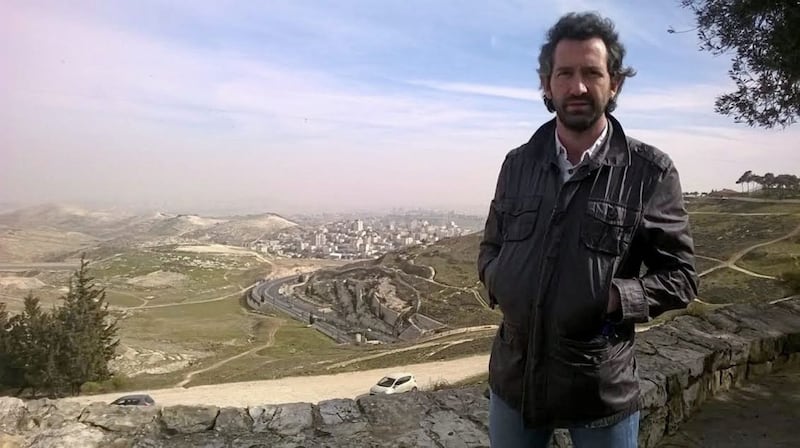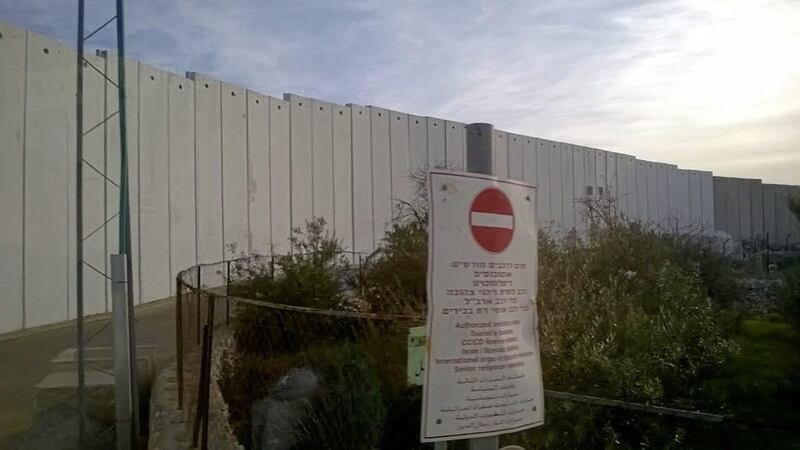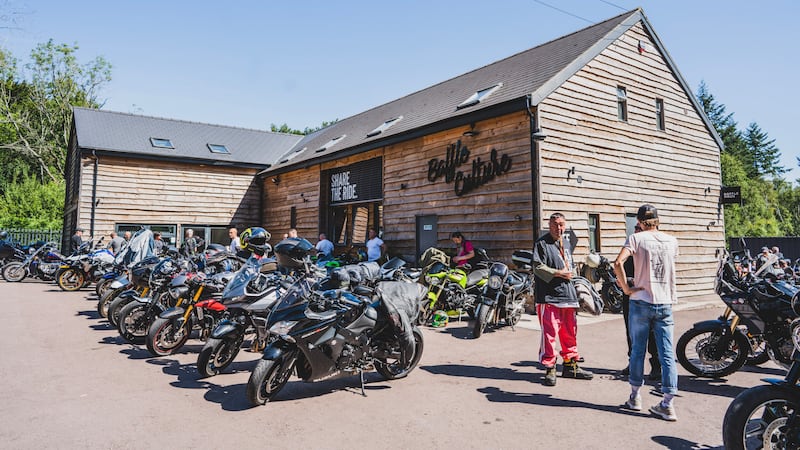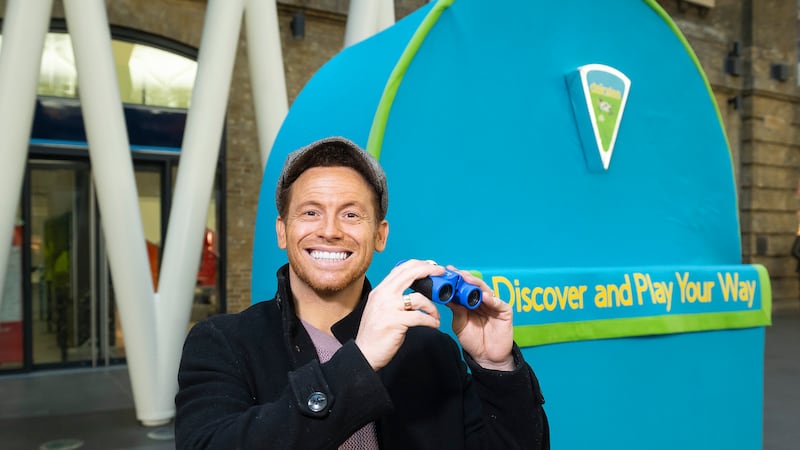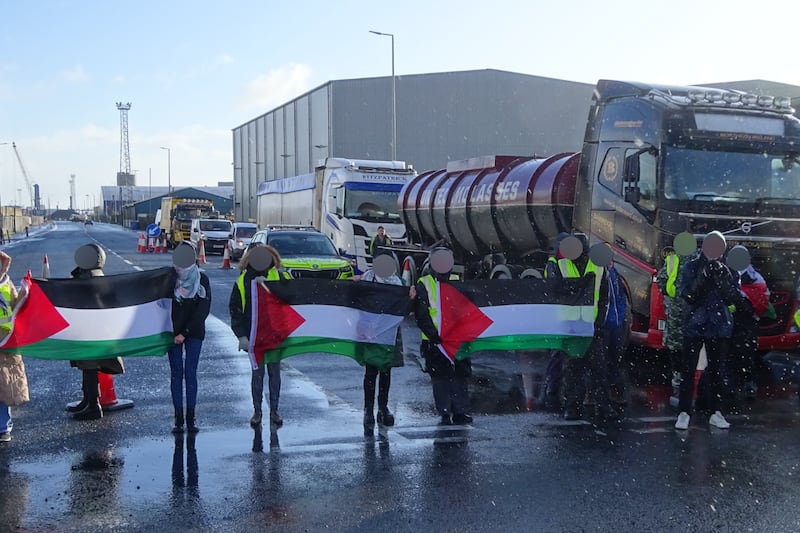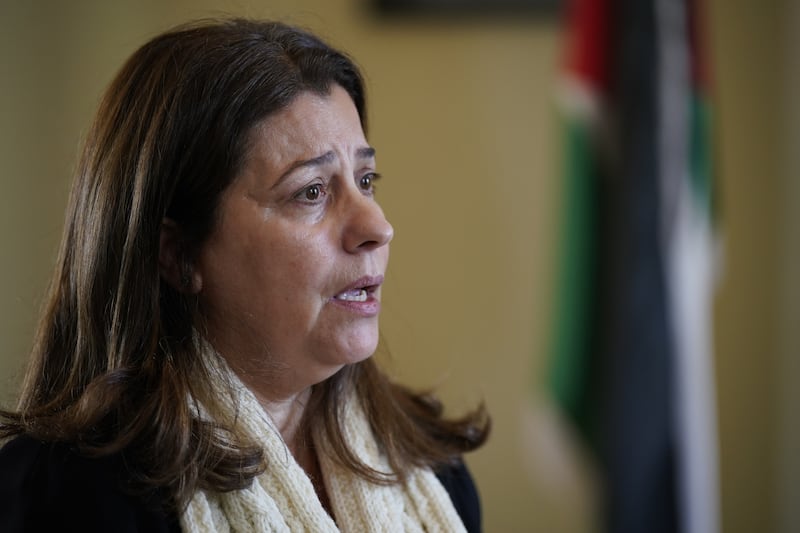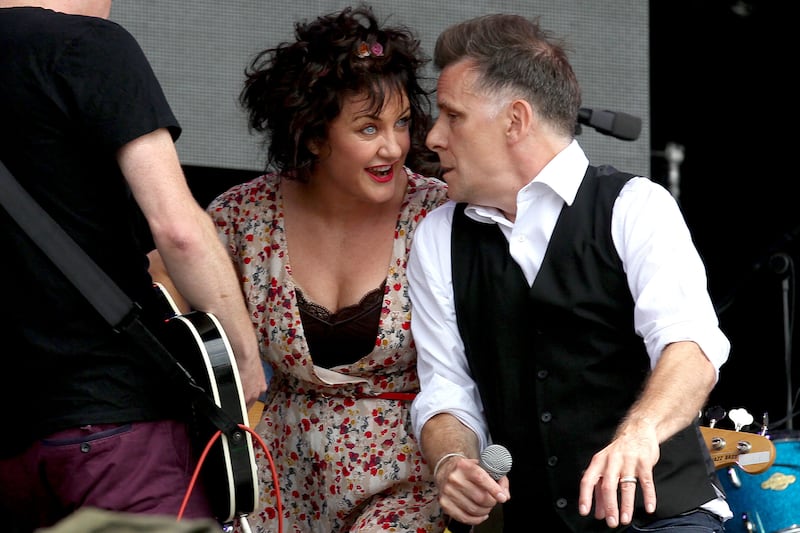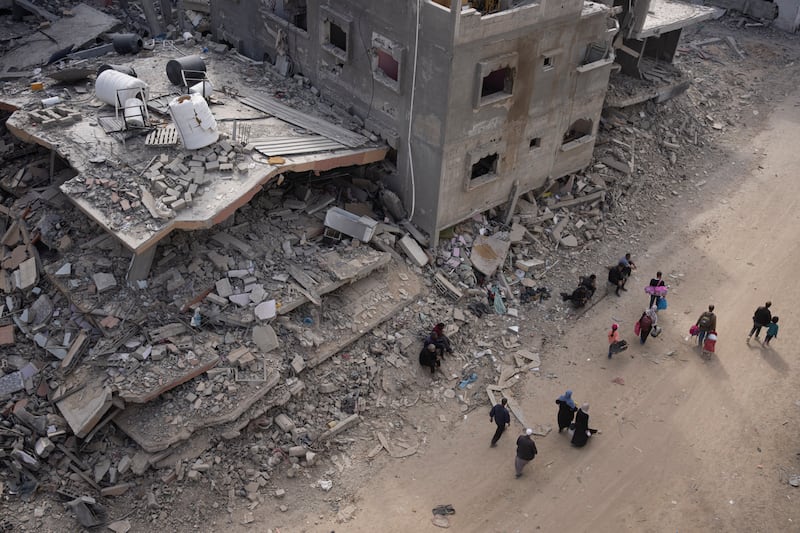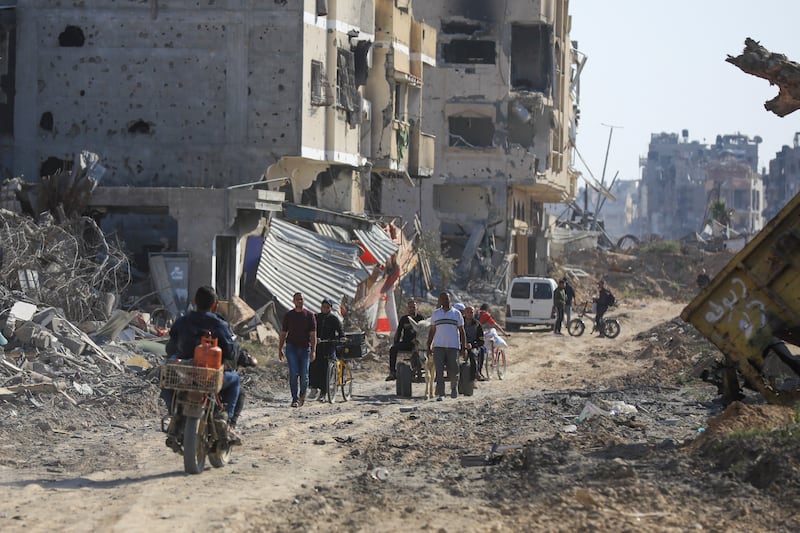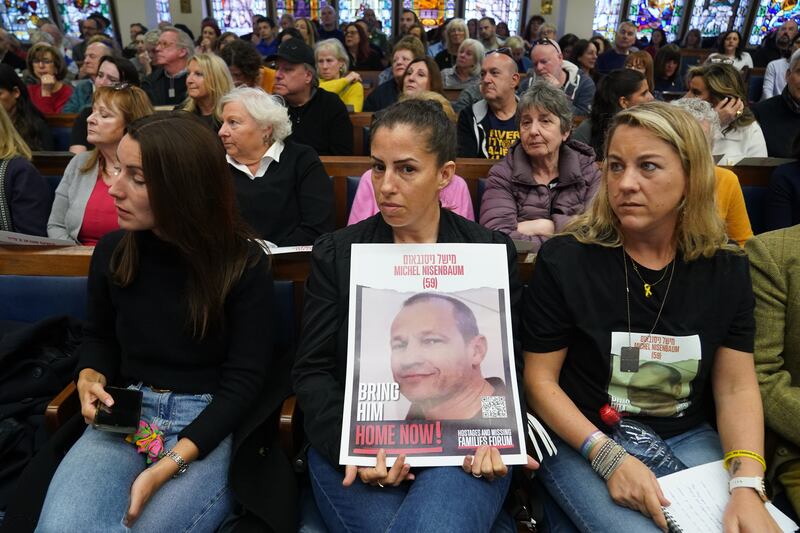THIS year marks two significant anniversaries in the tumultuous recent history of the 'the Holy Land', the region sacred to followers of Judaism, Christianity and Islam.
It is 100 years since the Balfour Declaration, a British promise of a national home in Palestine for the Jewish people. This year also marks 50 years since the commencement of the occupation by Israel of the West Bank, Gaza and East Jerusalem.
Last January, I travelled to the region as part of a delegation called the Holy Land Coordination Group - made up of Catholic and Anglican bishops and Church representatives from various parts of the world - whose mission is to offer solidarity with local communities there and to better understand the political situation of the region.
Our first excursion was to Gaza, a Palestinian territory, that borders Egypt for seven miles and Israel along a 32 mile border.
Governed by Hamas since 2007, Gaza and its nearly two million people have been subject to an Israeli siege from that time onwards.
Palestinians are not allowed to freely enter or leave, nor are they allowed to freely import or export goods as a result of border closures and the Israeli sea and air blockade.
There is something stunning about man-made suffering built upon the normal tragedies of human life; it is one thing to have to care for severely disabled infants, it is quite another to do so without regular sanitary supplies or medical support
Some of the children we saw in the Al Ahli Hospital in Gaza were malnourished.
We visited a convent of the Missionaries of Charity, their primary school and a care home for disabled adults and children.
Although the nuns had transformed the lives of the people that they served through love, the conditions were basic - rusted metal doors, exposed concrete and baby-cots without space between them.
I have seen worse conditions in other developing countries but until Gaza I have never seen a system so effectively reduce contact between a population and the outside world.
There is something stunning about man-made suffering built upon the normal tragedies of human life; it is one thing to have to care for severely disabled infants, it is quite another to do so without regular sanitary supplies or medical support.
We moved on to Hebron where we saw streets from which Palestinians were forbidden; front doors of Palestinian houses welded shut; and a boy selling trinkets detained by Israeli soldiers when he followed us around a corner that was out of bounds to Palestinians.
There, I got my first sense of what exactly is meant by the term 'Israeli settlement' and how one is created.
The settlements, with a total population of between 400,000 and 771,000 Israelis, are deemed illegal by the United Nations as they are built and continue to be built on Palestinian territory occupied by Israel since 1967.
Some Israelis would reject this assessment maintaining either a theological basis for Jewish ownership of all of the land including the West Bank right up to the Jordan; or a political basis - maintaining that Jews need a larger homeland.
I had previously thought that settlements were something of an obstacle for Israeli governments.
In Hebron, I saw an old bus in one field and a canvas lean-to in another, both sitting below Costa Del Sol-type tower block settlements.
Our Israeli guide explained that the tent and bus are 'outposts' - defended by armed settlers and Israeli Defence Forces; in a matter of years they will be tower blocks occupied by Jewish people from places like Brooklyn, Russia and Ethiopia, paying nominal rent and with state-subsidised utilities.
In the hope of encouraging a two-state solution, the Holy See and over two-thirds of UN member states - not including Ireland - have recognised the State of Palestine.
Yet, amidst the evidence of seizures of farmland, prohibition of building in Palestinian areas and the demolition of their homes, such a resolution seems unwanted by the most powerful actor on the scene.
The Palestinian areas, even if theoretically under Palestinian control are dissected by Israeli roads, walls, checkpoints and settlements that stretch the concept or even possibility of Palestinian 'Authority' to breaking point.
We watched Palestinians waiting at the Israeli checkpoint trying to pass from one side of the motorway to the other, to what was once the other side of their village. We drove quickly by; it was just another day in the two states.
Nevertheless, there is some comfort in knowing that these daily injustices and rights violations are being challenged by courageous Palestinian and Israeli civil society and church organisations supported by Trócaire.
- Dr Conn Mac Gabhann is the Research Coordinator for the Council for Justice and Peace of the Irish Catholic Bishops' Conference
